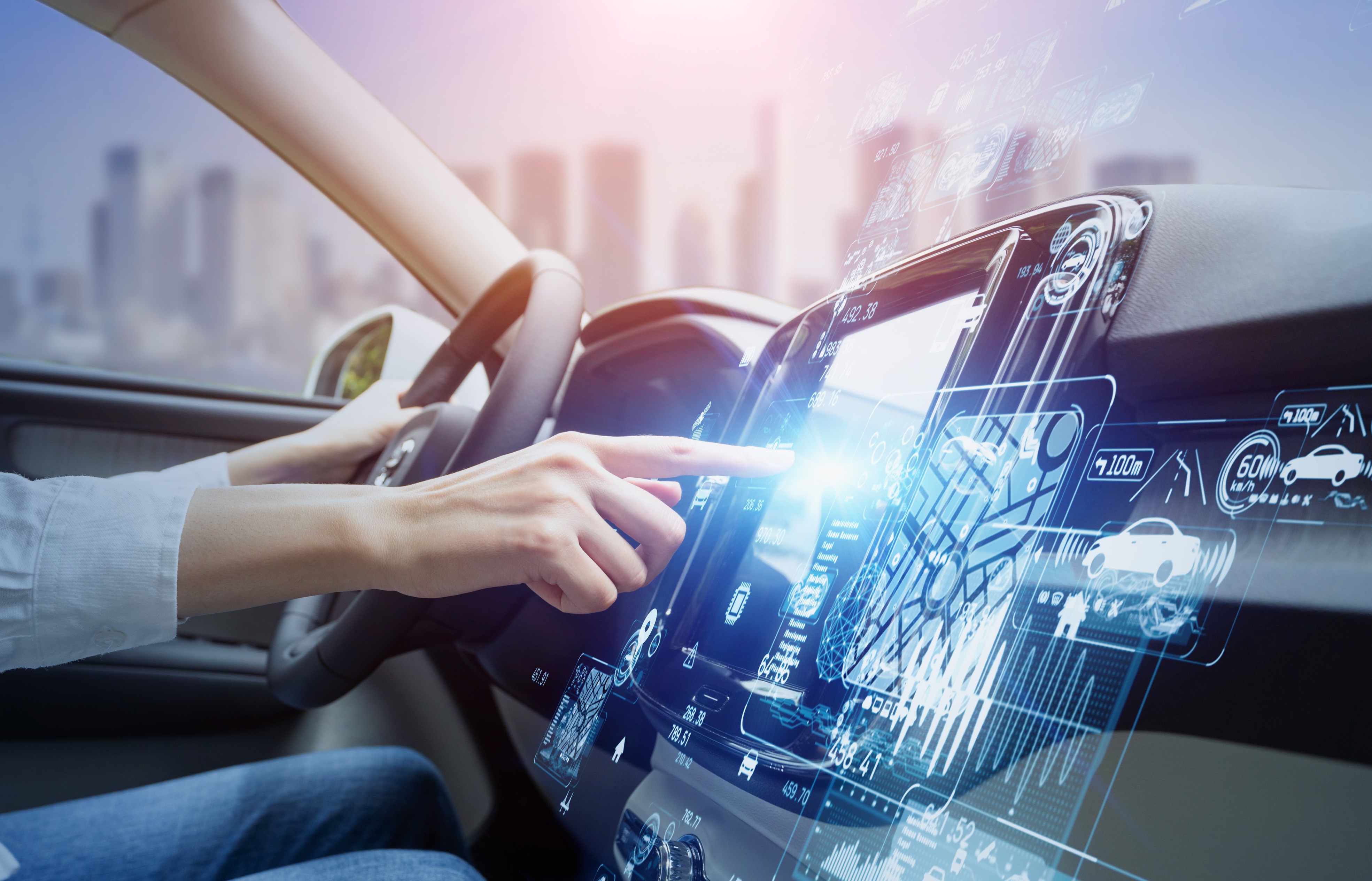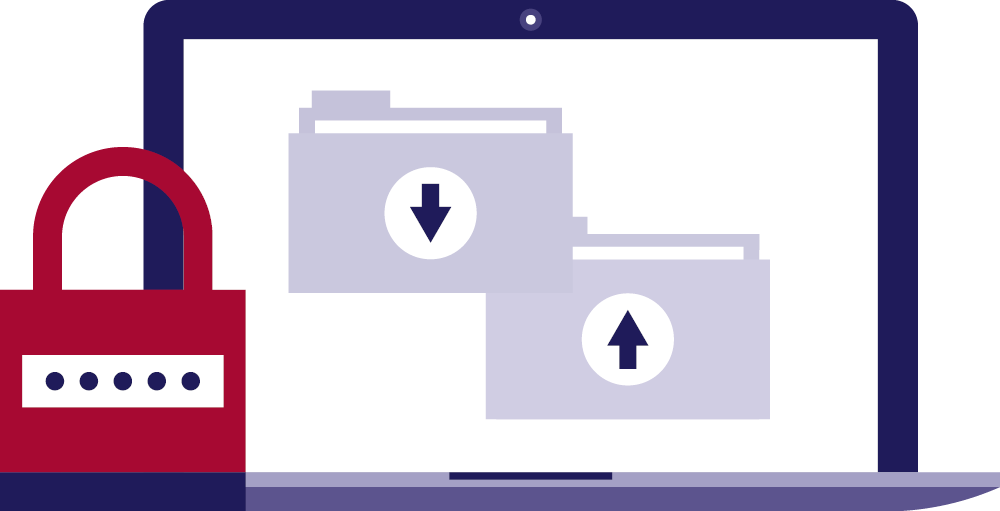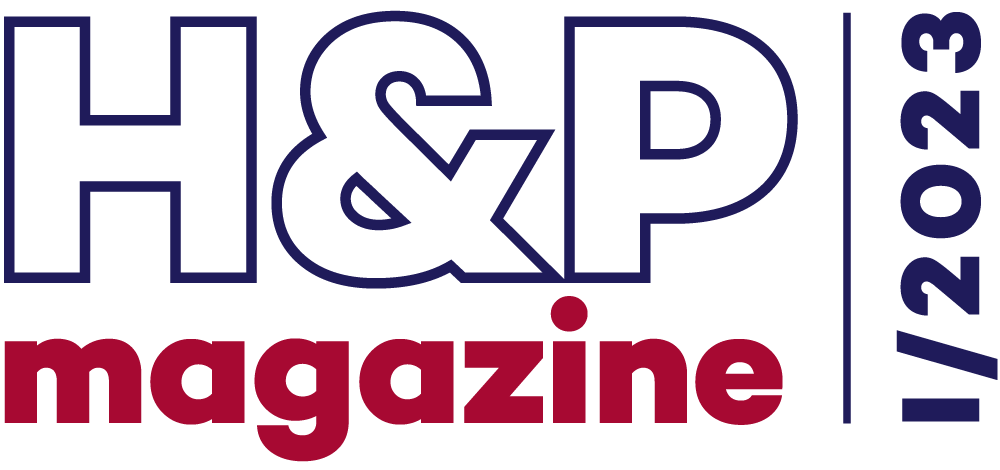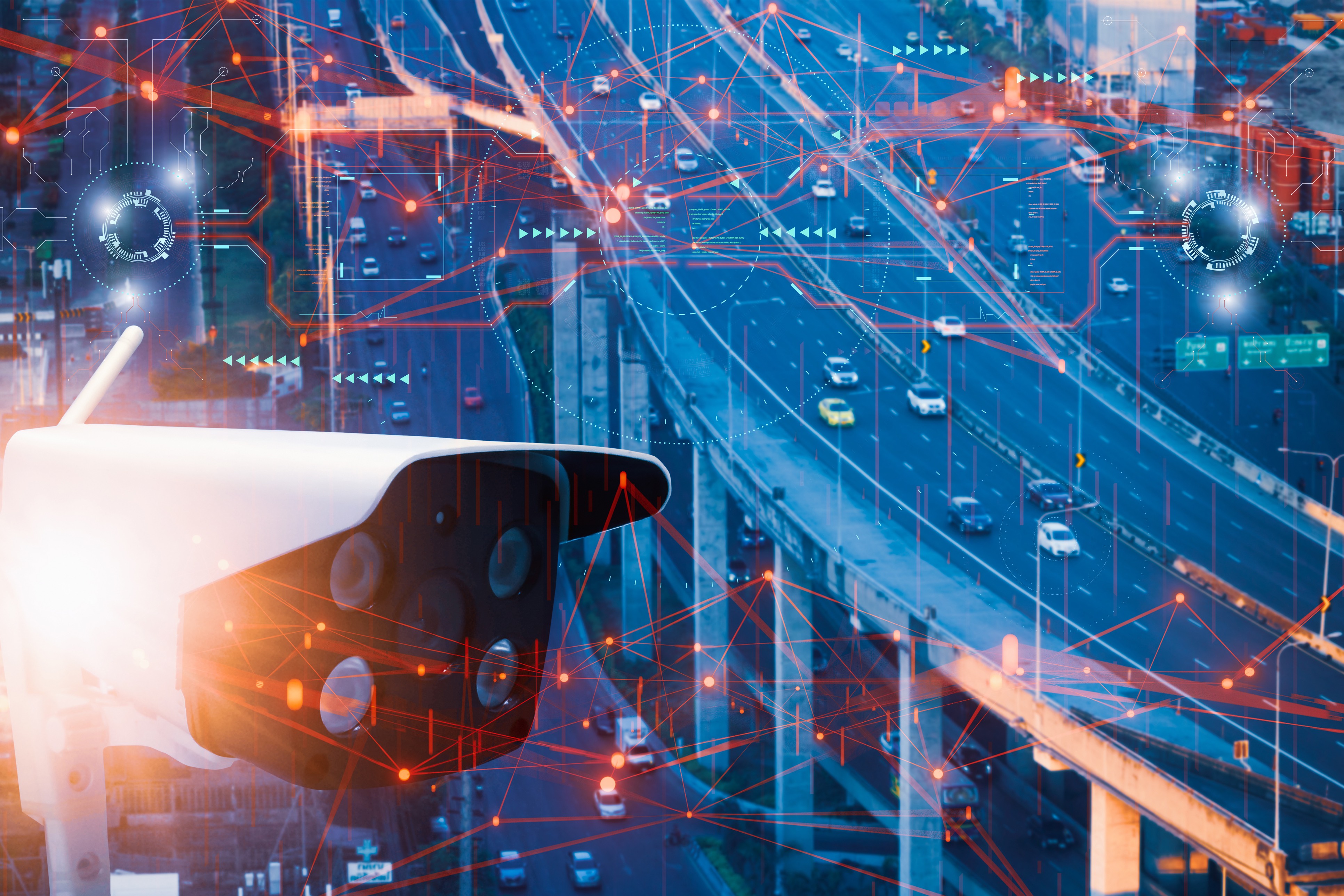Requirements for increased safety, faster transport, accident reduction, entertainment and autonomy of vehicles are just some of the expectations placed on passenger cars by the market, customers and regulations. The promise of meeting these expectations lies in vehicle connectivity systems based on the ability of vehicles to communicate with their environment via the Internet, in short the Internet of Vehicles (IoV). But there are also many legal challenges associated with this future of transport – protection from hackers, liability for autonomous vehicles, data privacy, and more.
According to ITSdigest it is estimated that 470 million connected vehicles will be driving on the roads worldwide by 2025, and that up to 96% of new vehicles could be classed as connected by 2030. Connected vehicles connect to the network to enable two-way communication between vehicles (cars, trucks, buses or trains) and other vehicles, mobile devices or infrastructure to start critical communications and events.
Current systems allow connections between vehicles, the driver and other devices to be made in a number of ways. For example, V2V (Vehicle-to-Vehicle) enables real-time information exchange between vehicles. This helps to reduce the number of accidents by updating and communicating information – for example, about upcoming hazards, traffic accidents and congestion, dangerous weather, or this also helps to improve the user experience by providing information about the availability of parking spaces, charging stations for electric vehicles, traffic movements, etc.
Another system is V2I (Vehicle-to-Infrastructure) whereby vehicles can transmit/receive data and information with the road infrastructure such as information on traffic, road, weather conditions, accidents, etc., especially for safety purposes. Similarly, for safety purposes, V2P (Vehicle-to-Pedestrian) enables pedestrians, cyclists and others to connect with vehicles. V2C (Vehicle-to-Cloud) then enables vehicles to get access to additional information from the Internet. There is also V2X (Vehicle-to-Everything), a combination of all available types of connectivity, used, for example, to improve comfort and the driving experience.
The need for smart infrastructure
All IoV smart vehicles will need a reliable connection to the local infrastructure to be fully functional and to make use of the available options. These requirements will largely have to be met by the public administration.
Among other things, it will be necessary to incorporate hardware parts such as sensors, smart parking lots, road lanes equipped with connectivity devices, smart traffic lights or to create software solutions such as applications for monitoring road conditions or weather, and many others.
Smart transport infrastructure, when properly built and deployed, can, among other things, help reduce congestion on the roads. Real-time traffic monitoring and autonomous technologies will help optimise the routes and speeds of moving vehicles and prevent traffic jams. Mobile apps, which would receive real-time data from each user's location, could make real-time suggestions to the user on what public transport to take to reduce travel time.
Smart vehicles will need a reliable connection to the local infrastructure to be fully functional. These requirements will largely have to be met by the public administration.

Smart parking could equally be one of the most desirable features of smart infrastructure. Beacons installed in parking spaces can guide drivers to available spaces, while fully autonomous vehicles can park efficiently without any human intervention. Smart cars that are visible on the network will enable drivers to find their car faster in a crowded parking lot, lock the doors remotely, quickly get any information about the vehicle's condition or track the vehicle's movements, for example in case of theft.
In Slovak practice, connected solutions have so far been used for traffic management on the Bratislava bypass, or for monitoring parking spaces and developing parking policies and systems.
How to use vehicle data
According to statistics by Deloitte, connected vehicles currently generate 25 GB of data per hour, which, for comparison, equals the volume of data needed to listen to music 24 hours a day for a whole month. As in other cases, large volumes of data can be used in a variety of ways.
A number of projects whose solutions are based on data analysis are already being developed. Examples include applications for insurers that help them determine the risks associated with a particular person based on the way they drive or assign points to drivers based on the safety of their driving, which is linked to the amount of their insurance premium and the amount of the insurer’s insurance payment.
Vehicle data can also be monetised in other areas. Typical examples are analyses of the connected vehicle's condition (maintenance service notifications, eCall, vehicle statistics), driver behaviour (insurance plans, automatic travel payments, etc.), internal vehicle communication (digital voice assistant, voice control), personalised advertising (custom vehicle settings, additional goods and services, etc.) or road conditions and status (live traffic reports, road conditions, maps).
However, according to published strategies and recent developments, public authorities are also interested in data from and about vehicles or driver behaviour, for example for the purpose of checking compliance with road traffic regulations. It is thus possible that, in addition to the benefits IoV will bring users, linked suppliers and service providers, the vehicle and driving data generated will also be used by supervisory authorities.
Safety and liability
IoV, like any evolving solution, will have to deal with multiple challenges. One of them, for example, is security. Vehicles generate and share vast amounts of data and synchronise with a variety of devices, technologies and systems, making them a top target for attacks. It will therefore be essential to create a risk-focused strategy, ensure effective data encryption, and regular data backups. In addition, it is necessary to ensure compliance with cybersecurity rules and regulations, in particular to have security documentation and strategy in place, to conclude relevant contracts, and to have a strategy in place in case of attacks, e.g. reporting to the relevant authorities, etc.
Vehicle connectivity should also enable the transition to fully autonomous vehicles, where liability is a key issue. What if an intelligent autonomous vehicle misreads the speed limit and starts speeding? Who would be held liable in such a situation? The plans published so far at EU level rather foresee the liability of vehicle manufacturers. However, law is not mathematics and this assumption may not apply universally and a case-by-case approach will probably always have to be taken.
Ensuring appropriate technological solutions
Linked to the volume of data is the ability to manage the constant flow of that data, which puts pressure on storage capacity, processing and connectivity speeds, and processing reliability and accuracy. Both vehicle manufacturers and public infrastructure developers will need to ensure that all nodes are capable of transmitting and receiving information regardless of the conditions and location of the vehicle, whether it is on the highway between LA and San Diego or in the busiest part of New Delhi.
It will thus be necessary to procure appropriate hardware, its maintenance, development and other services, on the part of both the private and public sectors. Similar requirements will be placed on software solutions, their support, maintenance, administration, development and operation, which will necessarily need to be procured and adequately contracted.
Telco requirements
Due to the nature of the connectivity of vehicles and the related services provided, a relatively large part of these will fall under telecommunications regulations. This means, among other things, obtaining the relevant authorisations to provide networks and services, paying fees, complying with telecommunications privacy obligations and, for example, in certain cases, the obligation to allow the connection of eavesdropping equipment.
Due to the nature of the connectivity of vehicles and the related services provided, a relatively large part of these will fall under telecommunications regulation or the European data protection framework.
Personal data processing
Much of the data collected under IoV will fall under the European data protection framework (GDPR, ePrivacy). This can make it problematic for service providers to process personal data if they are located outside the EU or use cloud storage on servers in non-EU countries.
The Guidelines of the European Data Protection Board on processing personal data in the context of connected vehicles requires, in a number of cases, obtaining the vehicle’s user’s prior consent. In particular, vehicle manufacturers will have to deal with situations where more than one person is using the vehicle, for example in vehicle fleets, and obtain consents before the vehicle is used. So, in addition to adjusting the seat, steering wheel and rear-view mirror, you may also need to "click" a set of consents/disagreements to the processing of personal data before you drive.

The development and evolution of IoV will enable the automotive industry to make a real breakthrough in travelling and the use of vehicles. The need to maximize productivity and save time will only increase the use of IoV. Total connectivity will completely transform the automotive industry, improving safety, making the driving experience more enjoyable and creating a wealth of business opportunities that cannot be missed.









